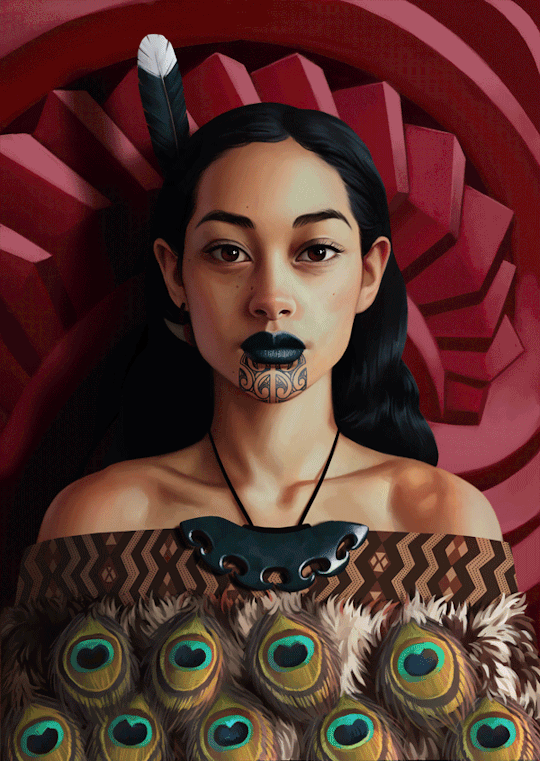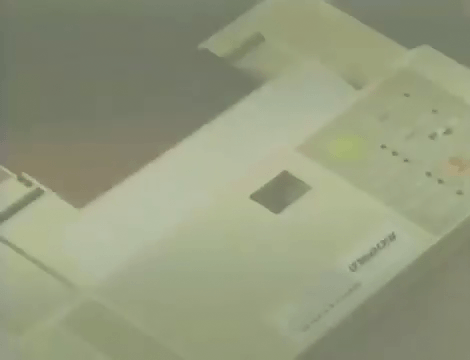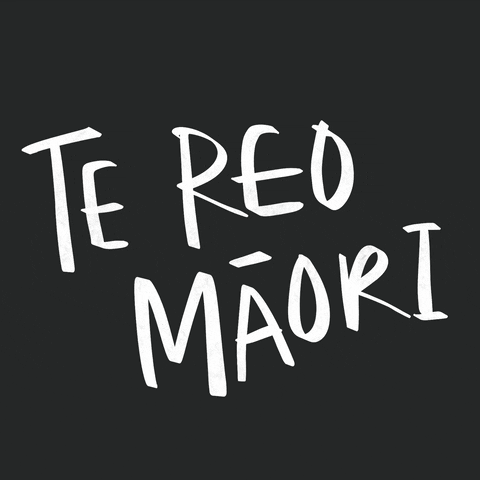Don't wanna be here? Send us removal request.
Text
Visual Arts 526 Aromatawai 1
According to the New Zealand Curriculum online, ‘The belief that intelligence is a fixed characteristic, something that you are born with, is incongruent to a high expectations classroom. In contrast, a growth mindset, the idea that we can grow our brain's capacity to learn, is a cornerstone.’
The previous 5 weeks have taught me a lot about the Visual Arts classroom that I haven’t considered previously as a student. It is clear that if teachers do not have high expectations for their students they will not communicate the important, formative, constructive criticism that is key to success in Visual Arts and the formation of a growth mindset. A key example of this is when a student in our year 9 art class was feeling upset about her art skills. She continuously commented that they sucked and that she didn’t want to do it anymore. It took a succession of lessons where we worked together to help her understand the drawing process as well as explaining to her that she was capable of a high standard of work. Eventually, she managed to settle into the class and started enjoying herself as she saw herself improve. This doesn’t mean to any extent that the frustration she experienced has disappeared, but by placing these high expectations on students we are recognising their current/prior skills and enabling them to build on these to achieve their full potential. Furthermore, they are able to see how they have the capacity to grow their skill set.

It is disappointing to know that some teachers are in a position where they do not feel as though they can teach Māori Art confidently. “I do teach Maori art units since it is an important part of New Zealand culture, and required by the curriculum, but I feel like it is tokenism because I am not directly of that culture and so my ability to teach it feels limited ... if it wasn't "compulsory" then I would probably avoid teaching it where possible” (cited in Smith, 2007a, p. 172). The Treaty of Waitangi principle is extremely important, whether we feel comfortable or not we must acknowledge the principles of the Treaty of Waitangi and the bicultural foundations of Aotearoa. Without doing so we are not creating a caring and culturally sustaining classroom environment. With this in mind, as teachers, if we feel unsure about teaching Māori specific art lessons or units we should reach out to those who may know more than us. As we have discussed in lectures this could look like, inviting someone who is an expert in Māori carving to speak to the class or learning about Māori art yourself by, for example, taking night classes. I understand this feeling of worry around tokenism and think that there should be more support around how to implement Māori focused lessons without being consumed by this concern. It is too important to acknowledge our bicultural nation through all curriculum, not just Visual Arts, to just avoid teaching Toi Māori Aotearoa.

I think the learning design principle Future Focus is incredibly important to consider in the Visual Arts curriculum. Visual Arts allows students to explore whatever issues and ideas they want to and how they can shape these issues through forms of Visual Arts. Within the Visual Arts ‘to be a fluent perceiver and creator involves knowing what influences you, knowing how you master technique, knowing the medium and mode with which you work intimately, and understanding the social and cultural practice in which art is made and observed.’ (Barton, 2014, p. 11). For our students to fully understand Visual Arts they need to be aware of real-world issues and how they can use art as a form of literacy to discuss these ideas and challenges. Furthermore, students these days already retain a huge amount of knowledge through easy access to technology. Most of them are “woke” to these future-focused ideas and already have things that they want to discuss through their artwork. Currently, for Year 13 Design, the students are coming up with campaigns which they will design for their portfolio boards. Some of the ideas they are already looking at are animal testing, mental health and environmentally friendly transportation campaigns. It seems as though the Future Focus principle goes without saying, as an important aspect of the curriculum today. Students are already exploring future-focused issues in their own time and we are merely giving them a platform on which they can express and identify their role and responsibility in this.

I thought that both of the learning sequences, Graffiti Art and Pou Whakairo would be highly engaging for students. They provide both a space to develop practical knowledge as well as starting to understand the art in context. One thing that I would’ve like to see more of is collaboration in groups and reflective discussion. I feel as though the more you ask students to discuss, how they are going? What they are doing? How did they feel about it? The better your curriculum outcomes as a teacher will be. By consistently enabling students to provide feedback, you are not only receiving information, but they can understand why they are learning certain things and the learning is validated by a purpose. I also think that group work can be highly motivational and insightful for students as they begin to understand their role in the group and how to work with others. For the graffiti project, this could have meant a shared mural as the outcome or simply some extra activities throughout the sequence which enabled feedback between pairs or groups. As for the Pou Whakairo perhaps this would have looked more at students reflecting on what they have learnt especially about Māori culture and the significance of Pou Whakairo. I also think that a class trip or guest of some kind would have been a great addition, especially for a Pākeha teacher like me, to this lesson sequence. For the students to fully connect with the content and understand the background and importance of Pou Whakairo.
I have learnt that you can look at a lot of different aspects of Visual Art within the junior curriculum and that perhaps what you teach would depend on the type of class you are going to teach and the students in it. I also really appreciated the importance placed on customary art in the Pou Whakairo lesson sequence. I believe that going thoroughly into the background of Pou Whakairo would help teachers to feel confident about teaching this topic as well as students feeling as though it is not just a tokenistic activity. To develop my practice and establish a learning culture that honours difference and promotes Visual Arts I would want to get to know the students first. With this in mind, I would have a collection of possible learning sequences that I could use based on what my class was like. Since there is so much variety available to teach in Visual Arts, especially in the junior school, why not connect what the students want to learn to what you teach them. I would also like to become more engaged with speaking Te Reo Māori in the classroom by taking extracurricular courses and trying to implement the language into the classroom. Not only this but I want to learn more about Māori culture which goes hand-in-hand with the language itself.
0 notes
Text
English 527 - Aromatawai 1: Report
Last year I was a teacher aide at a secondary school in Wellington and had the opportunity to assist some teachers in their English classrooms. One class that I will never forget was a class in which the Pākeha teacher used Māori throughout her lessons. The lessons would always start with a karakia, which a volunteer student would lead. This in itself built public speaking confidence as students within the classroom thought "if my friend can do it, so can I.” This school is a reasonably multi-cultural school but the majority of students are Pākeha. Even so, this did not change the teacher's priorities around speaking te reo in the classroom and embedding it into the curriculum.
Keeping this example in mind, I think it is really important to learn how to respectfully integrate Te Reo and Tikanga Māori into the classroom. In terms of the English classroom, this could include a karakia at the beginning of each class, like this teacher had, as well as worksheets that enabled students to do English curricular activities with Māori words alongside them. However, this was a year 9 class example so I am unsure as to how this teaching would progress with the older year groups. Another significant part of this teachers commitment to Te Reo and Māori Tikanga was allowing students to immerse themselves in Māori culture through storytelling. I think it is important to teach at least one Māori novel or text if not more in the classroom. Not only is it important in terms of respecting our commitment to Te Reo and Māori Tikanga but it is also important for the acknowledgement of our bicultural society. By reading/watching New Zealand novels/films, we are enabling students to connect to their cultural identity.

It is also important to have high expectations for our students as we have no idea if they are receiving this kind of support and acknowledgement at home. Even if they are, expectations of success voiced by a teacher mean a lot regardless. By having high expectations we are also creating a positive relationship with our students. Simply put, if we believe they can succeed so will they. This is particularly relevant to Māori and Pasifika students who are already facing inequity in education because there is a racially prejudicial socially constructed idea that they are lazy, naughty and unable to achieve academic success. As Christine M and Rubie-Davies discuss, in Educational Psychology Concepts, Research and Challenges, there is a societal view that Māori students do not achieve as well as Te Tiriti when it comes to academic subjects and because of this, we focus on this negative aspect rather than simply believing that they can achieve great things in academia. That is why it is so important to have high expectations for all our students. Especially in a subject like English where it is important for further academic endeavours.

Coherence is also an important principle of good learning design. In this digital age, we can expand the English curriculum into other curriculum areas. English teachers can make links within and across learning areas and open up pathways for further and different ways of learning. Use of digital learning is an important example of this as it enables us to introduce different ways of interacting with literature. We need to overcome the “fear that reading and writing are “dying” in the face of new digital media…Reading and writing are, if anything, increasing in the digital world” (James Paul Gee, Elisabeth R. Hayes). If we involve digital technology within our teaching we can broaden how students connect to the course material. As teachers, we may see new ideas and interpretations appearing through students exploration of video, podcast and performance creation. There are many ways we can get students to accomplish indicators in the curriculum without having to stick to the normal recipe of essay and exam work. One of my favourite parts of the English curriculum, when I was in high school, was creating static images.

These learning sequences have shown me how important scaffolding lessons are. By breaking the curriculum into smaller activities, things start to slowly make sense for students and they do not feel overwhelmed by the material. In “Know the Learner” I thought the simple act of asking students what words they already recognised and then going over them as a class was incredibly effective. It allowed the students to feel as though they had agency in their learning as they were able to share prior knowledge and feel as though they had something to bring to the class. They were then asked to use these words in sentences to further their understanding. Even though this is quite a simple activity to implement I thought it was a nice way to help students learn vocabulary that they were unfamiliar with. This is better than students feeling as though they aren’t smart enough because they have to ask or look up what words mean.
I also thought that Maggie Trapp's inclusion of student technology into her lesson, even though it was just for one question, was a nice connection to the students. By asking them to choose a Spotify song that represented the character they were discussing, they were able to use an app they use every day and look at music for characterisation. I can see activities like this leading into exploring staging and how music influences visual storytelling, specifically soundtrack. However, There was not enough use of technology in these English lesson sequences. I think teachers are still unsure of how to implement technology into the curriculum. Something important to acknowledge is that students now have easy access to information online and therefore should be given agency to explore this information. However, with that in mind, there is so much information available to us that one of the most important things we can equip our students with, in any subject, is the use of critical thinking.“Relatively quick access to a wide range of information means that the user needs the ability to critically evaluate the validity and relative value of information accessed” (Louise Starkey). No longer are students given every piece of content for a particular lesson, like in the “Know the Learner” sequence, they are now given agency to find their own information. We should keep in mind that this can have negative implications simply because sometimes the sheer amount of information can be overwhelming. Rather than forming their own critical thoughts about written or visual texts students might head straight to the online study guides. I think we need to use more technology in the English classroom but also learn what this means and how to balance its use.

One extremely important way that I can develop my practice is to invest my time into learning te reo Māori and implementing this in the classroom. Furthermore, I appreciate the collaborative and caring learning culture that these learning sequences seemed to create through group work. Collaborative group work seems like a great way to get students to support one another and create an environment in which everyone feels important. I would try to implement group work in the classroom at least once every lesson. I also think that individual work is important as it allows the teacher to spend extra time with students who may need it. I really appreciate the well thought out examples of scaffolding given by the learning sequences. This made me fully understand the importance of thorough lesson planning.
1 note
·
View note